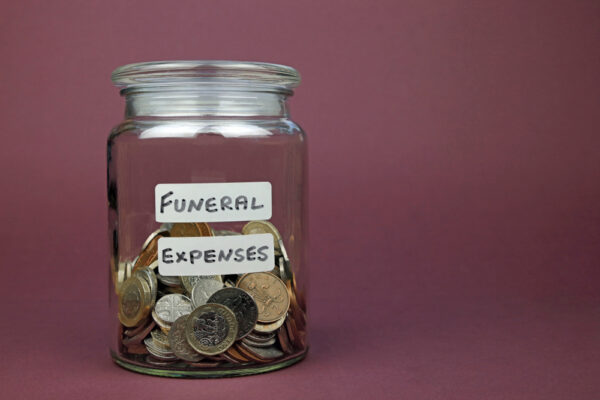
Actionable Strategies and Money-Saving Tips
Now that you understand the basics, here are concrete financial strategies you can implement to protect your savings and create a more stable financial life in retirement.

1. Re-evaluate Your Asset Allocation for a Retirement Mindset
The single most important step you can take is to ensure your investment mix matches your new reality as a retiree. The portfolio that got you to retirement is likely not the right one to get you through retirement.
Action Step: Consider adjusting your portfolio to hold a larger percentage of bonds and a smaller percentage of stocks. A common rule of thumb used to be the “100 minus your age” rule for stock allocation (e.g., a 70-year-old would have 30% in stocks). A more modern version is the “110 minus your age” rule. If you are 70, this would suggest having 40% of your portfolio in stocks (110 – 70 = 40). The remaining 60% would be in less volatile investments like bonds and cash. This is a starting point, not a rigid rule, but it helps shift your focus from growth to preservation.

2. Create a “Cash Bucket” for 1-3 Years of Expenses
This strategy directly combats the sequence of returns risk we discussed earlier. By setting aside several years’ worth of living expenses in cash or very safe investments, you create a buffer. When the market is down, you can draw from this cash bucket instead of being forced to sell your stocks at a loss.
Action Step: Calculate your essential annual living expenses that are not covered by Social Security, pensions, or other guaranteed income. This includes housing, food, healthcare, and utilities. Multiply that number by two or three. For example, if you need $20,000 per year from your portfolio to cover your bills, your cash bucket should be $40,000 to $60,000. Keep this money in a high-yield savings account or a money market fund where it is safe and accessible.

3. Diversify Within and Across Asset Classes
Diversification is the principle of not putting all your eggs in one basket. It helps smooth out the ride. But true diversification goes beyond just owning 20 different stocks.
Action Step:
- Within Stocks: Own a mix of large U.S. companies, smaller U.S. companies, and international companies. Also, consider different sectors, like healthcare, technology, and consumer staples.
- Within Bonds: Own a mix of U.S. Treasury bonds (the safest), corporate bonds (which pay higher interest), and municipal bonds (which can offer tax advantages).
- Across Asset Classes: Your overall portfolio should be a mix of stocks, bonds, and cash. Some retirees also include other assets like real estate investment trusts (REITs) or annuities to further diversify their income sources.

4. Focus on Income-Generating Investments
In retirement, the income your portfolio generates can be more important than its growth. A steady stream of dividends and interest payments can cover your expenses without you needing to sell the underlying assets.
Action Step: Work with an advisor to identify high-quality, dividend-paying stocks from stable, well-established companies (often called “blue-chip” stocks). You can also build a “bond ladder,” which involves buying several bonds that mature in different years. For example, you might buy bonds that mature in one, two, three, four, and five years. Each year, one bond matures, providing you with cash. This strategy provides predictable income and helps manage interest rate risk.

5. Be Flexible with Your Withdrawals
The old “4% rule” — withdrawing 4% of your portfolio in the first year of retirement and adjusting for inflation annually — can be risky during volatile periods. A more dynamic approach is often safer.
Action Step: In years when the market performs poorly, consider reducing your withdrawal amount if you can. You might postpone a large purchase, like a new car or a big vacation. If the market has a great year, you could take a little extra or simply allow your portfolio to recover and grow. This flexibility can significantly extend the life of your savings.


















